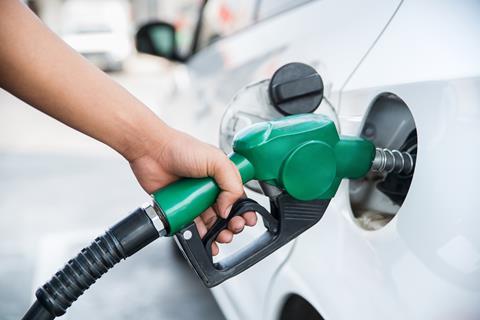
The RAC has conceded that retailers cut their margins to absorb much of the increase in wholesale fuel prices last month, passing far less of the increase through to their pump prices.
The increase in the cost of a barrel of oil last month – up from $79 a barrel at the start of January to more than $92 at the end – pushed up wholesale petrol and diesel prices by 4.9ppl and 3.6ppl respectively.
However, pump prices rose by less than a penny for each fuel as retailers absorbed the cost increases with the average cost of a litre of unleaded now standing at 146.45p and diesel at 149.81p.
According to the RAC, the average margin made by retailers on a litre of petrol stood at 11.4p, down from 16.4p in December. The average margin on a litre of diesel is now 8p, down from 12p in December.
RAC fuel spokesman Simon Williams said: “At long last, retailers appear to have heard our calls for drivers to be charged a fairer price at the pumps – something that is so important as the effect of high inflation bites and households up and down the country brace themselves for what looks like an inevitable cost of living squeeze.
“On average, retailers are now making a more normal profit for each litre of fuel they sell than they did in December, which makes today’s pump prices – although up slightly on December – more justified.
“Storm clouds are gathering, however. With oil now having traded above $90 for a week – the highest price for more than seven years, wholesale fuel costs are once again increasing, which will undoubtedly lead to retailers putting up forecourt prices.
“Our message to the biggest retailers, which lead the market, is to treat drivers with respect by fairly reflecting the movement in the wholesale fuel market and not taking overly high margins. If they were to increase their margin and hike prices beyond what’s justified it would be devastating for hard-pressed drivers. We’ll be watching pump prices closely in the coming weeks to ensure drivers aren’t taken advantage of, so it’s safe to say the coming weeks will be a big test of pricing transparency for retailers.”





















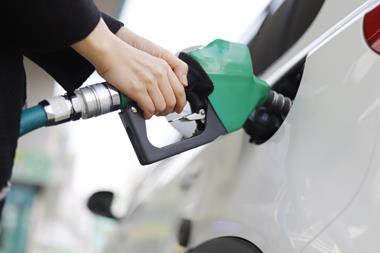
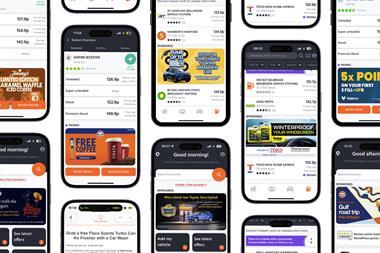

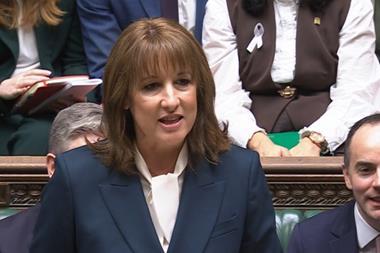
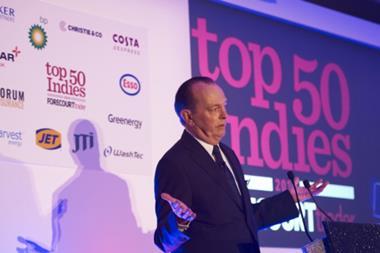
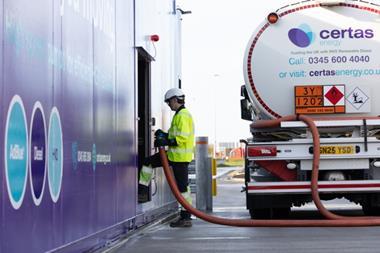
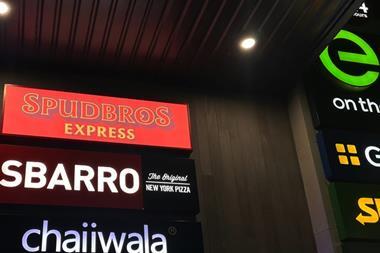


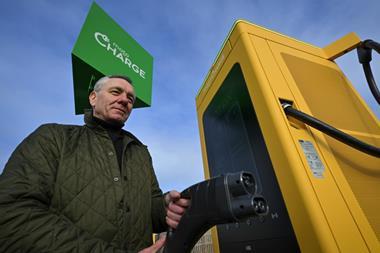


No comments yet